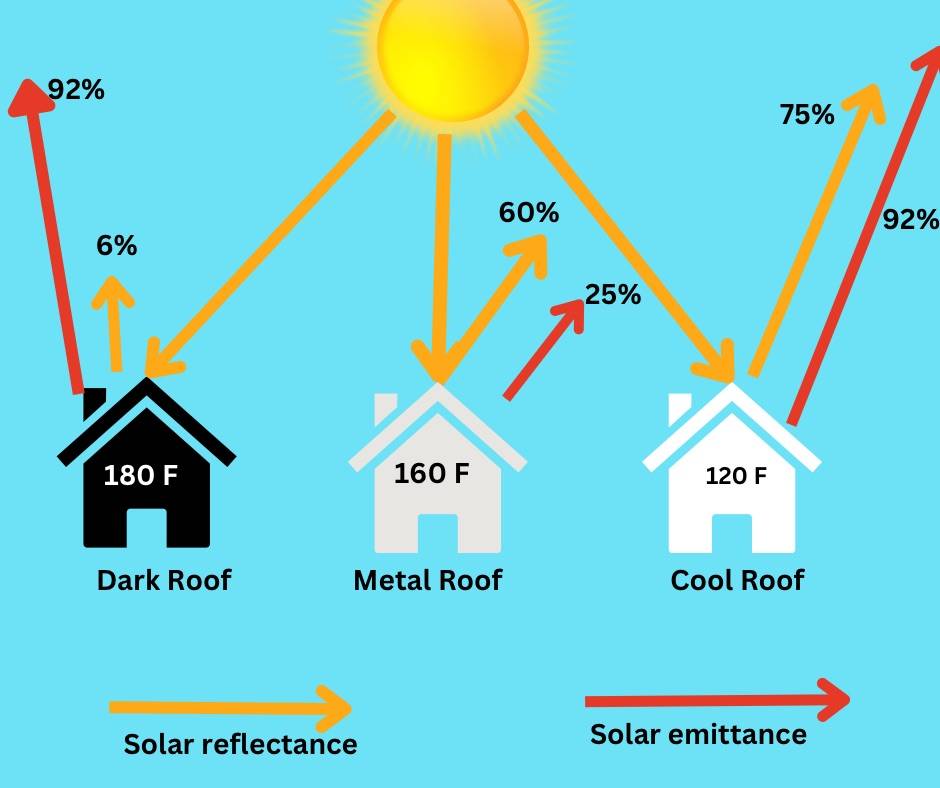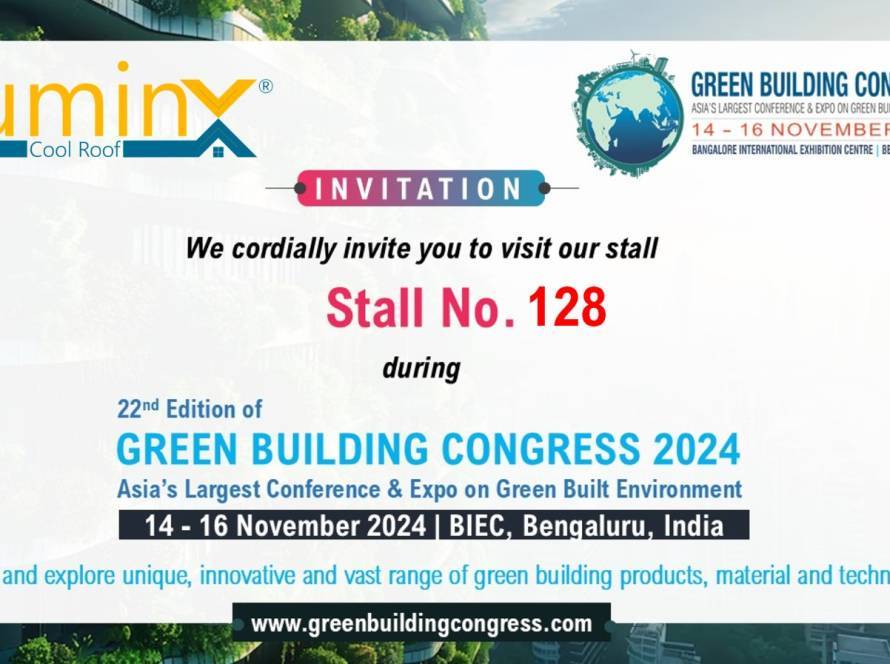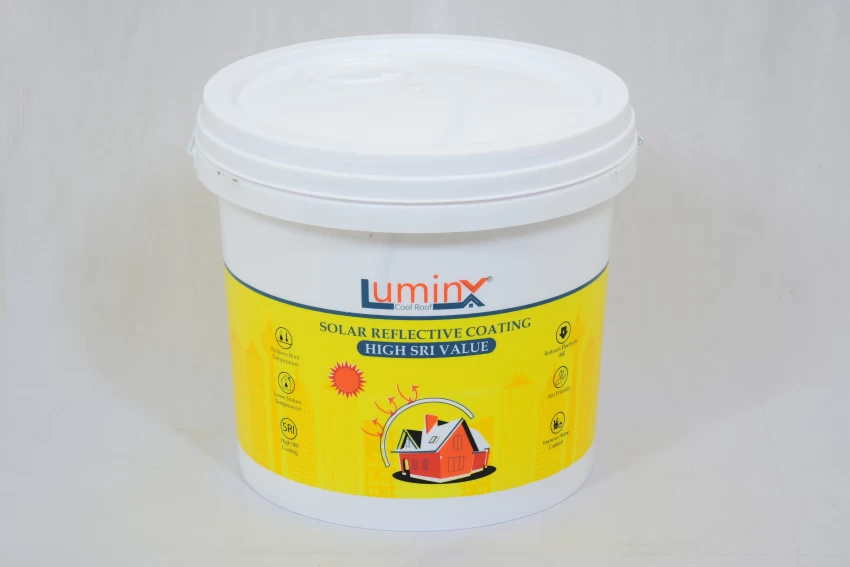Countering UHI effect in India requires a multi faceted approach. Greenery is a useful deterrent, through the use of urban forestry, green roofing etc. IISC suggests an ideal human to tree ratio to be 7 trees/ person , a stark contrast to the current reality in the majority of the cities. However, land use dynamics makes it difficult to plant trees in affected areas and trees usually have longer gestation periods to show its effects. Urban planning and building design needs to be prioritized for heat mitigation.Roofs comprise 20-25 percent of total surface in urban landscapes. In the immediate term, innovations like cool roofs and HRC Heat reflective coatings can play a critical role in combating UHI effects. A cool roof is one that reflects most of the incident sunlight and efficiently emits the absorbed solar heat back into the atmosphere, instead of conducting it to the building below. As a result the roof literally stays cooler, with lower surface temperature, keeping the building at a cooler and comfortable temperature with high Solar Reflective Index(SRI). A high SRI value of a coating indicates a high degree of cooling effect by acting as a shield for the roof allowing minimal solar penetration into the roof hence helps in saving energy.
Innovative products like LuminX have been at the forefront of the battle against the UHI phenomenon.

LuminX is a water-based acrylic cross-linked elastomeric Cool roof coating. Its innovative advanced nanotechnology-based formulation offers high solar reflectivity and thermal emittance which significantly reduces the roof temperature even in the extreme weather conditions. LuminX works on the cool roof coating technology principle. Its high SRI value 111 ensures that it reflects the maximum amount of heat. Its unique formulation forms a strong chemical bond with the surface and offers complete protection with a promise to keep the building roof cool by up to 40% reduction in the roof temperature. The Solar reflective coating can be applied on a variety of installations ranging from residential homes to manufacturing industries, from sheds to public buildings in countering UHI’s effects. LuminX as a brand,has already made its footprint as a top rated product with > 1200 reviews on Amazon
Why choose LuminX over others?
Choice of reputed brands and market leaders: the company strives to provide the best product in its category.
Economical: although a myriad of other options like green roofs, use of reflective tiles, creation of shades etc are available to counter UHI and its effects, LuminX provides the cheapest and most effective alternative.
Easy to apply : the product is a waste-based. It can be easily applied by oneself without requiring much expertise and has a Do it yourself ( DIY) feature.
Ease of orders and supply: available on all leading e-commerce sites with pan India delivery options




